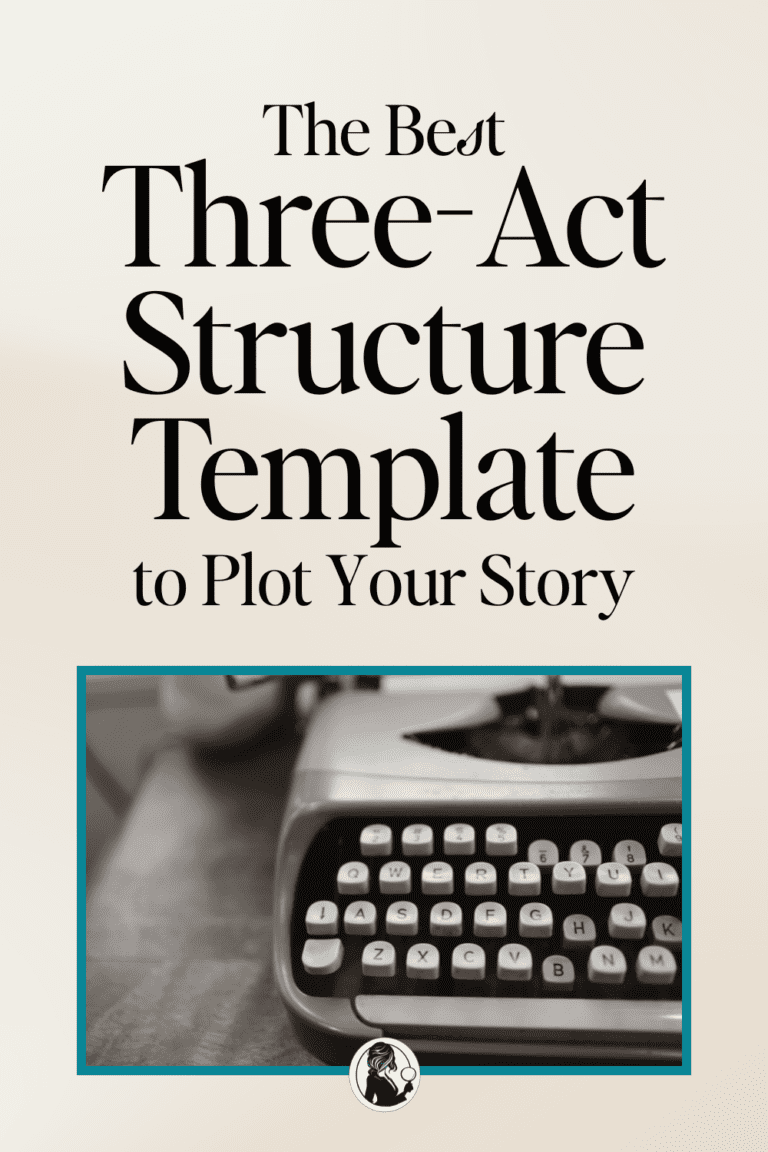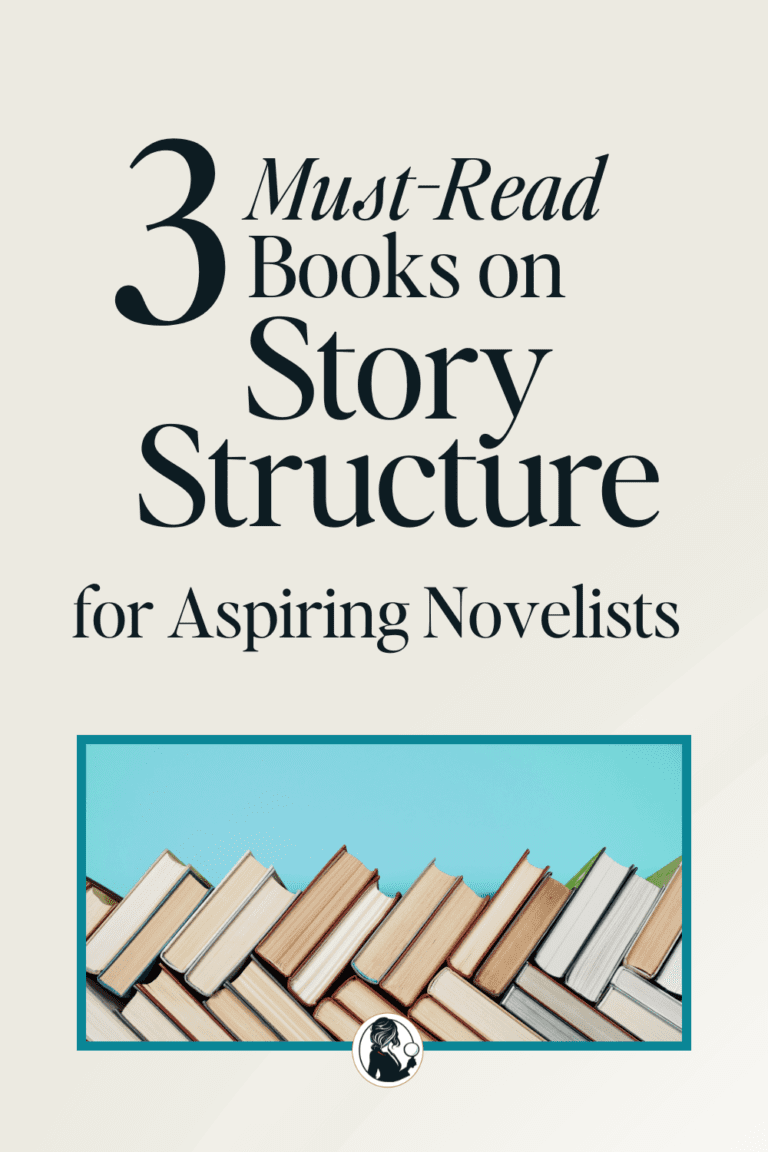What the Heck is Tension on the Page, Anyway?
Last week, I shared what the pages of my manuscript looked like after a pass through with Margie Lawson’s EDITs system. And I also mentioned at the end that one color was absent from those pages: orange.
In her system, orange represents tension on the page. Though I won’t go into detail about the rest of her system –I really think you need to read the packets or attend a class for yourself to get the best benefit from it, I’ll tell you about orange, because it’s the toughest one for me to get. Tension? What does that mean? Of course, as writers we want to highlight the entire page — it’s all brilliantly tense, right?
Not so much.
So I read through my pages and questioned what qualified and what didn’t. I dragged my husband into it, trying to explain tension to him and to see if he could help me figure out where it was. But I realized that I wasn’t all that clear on what I was looking for, either. So to clarify things, I went back to another terrific resource: Donald Maass’s FIRE IN FICTION. Chapter Eight of this book talks about micro-tension on the page, what it is, what it isn’t and how to build it. Mostly, in his words, tension is about conflict. Not just conflict between characters (which is what my hubby thought it was when I first mentioned it) but conflict of emotions, ideas, words. Anything in conflict with itself creates a need inside the reader to see it resolved. In his exercises at the chapter, Don challenges you to find a scene in your book and establish what your POV character’s main emotion is. Then to discover it’s opposite, and write that in as well. That creates conflict — this time, as inner conflict for your POV character. As Maass says in his book (which I have badly rephrased here): Subconsciously as readers, we want to see that resolved so we keep reading.
It’s funny, but the minute you ask me what the “opposite” of an emotion is, my mind goes blank. 😉 Love’s opposite: is that hatred? So if you’re writing an overwhelming feeling of love for something, how would you write in hatred as well? I looked up antonyms of Love, and one I found was far more interesting to me than hatred: scorn. Can you love someone and scorn them at the same time? I don’t know, but it definitely builds a physical response to imagine it.




Thanks for pulling together two great resources (Margie and Donald) for a concise explanation of tention. “Tension = conflict” is going up on my wall. 🙂 I struggle with conflict a bit. So now, as I plot out my stories, I try to remember the “how can I make their situation worse” question to help me amp up the tension.
Thanks for a great blog, Jeannie!
oooh . . . this post is so timely. I am struggling with my latest scene – it’s blah, boring and not going anywhere (You know it’s bad when YOU don’t even want to keep reading) and this made the little lightbulb go off in my head! I don’t have any conflict, no tesnion – it’s a filler scene – so it needs to go!
Awesome!!
Robin
This is fantastic, and you put it very well (with the help of two amazing experts on the subject matter) Thank you
Ooh. Scorn. That’s a good one! *makes notes* I was going to say “disdain” which is close. This has been a great resources, Jeannie. Thanks for for walking us through this process. Like Robin, I have a section in the WIP that’s just…flat. I’ve left it alone and moved on. Once I get the whole thing done, I’ll come back and fix it. Hopefully! LOL